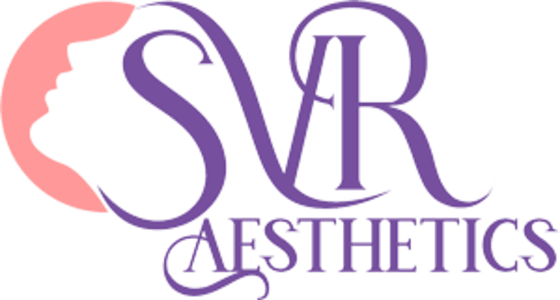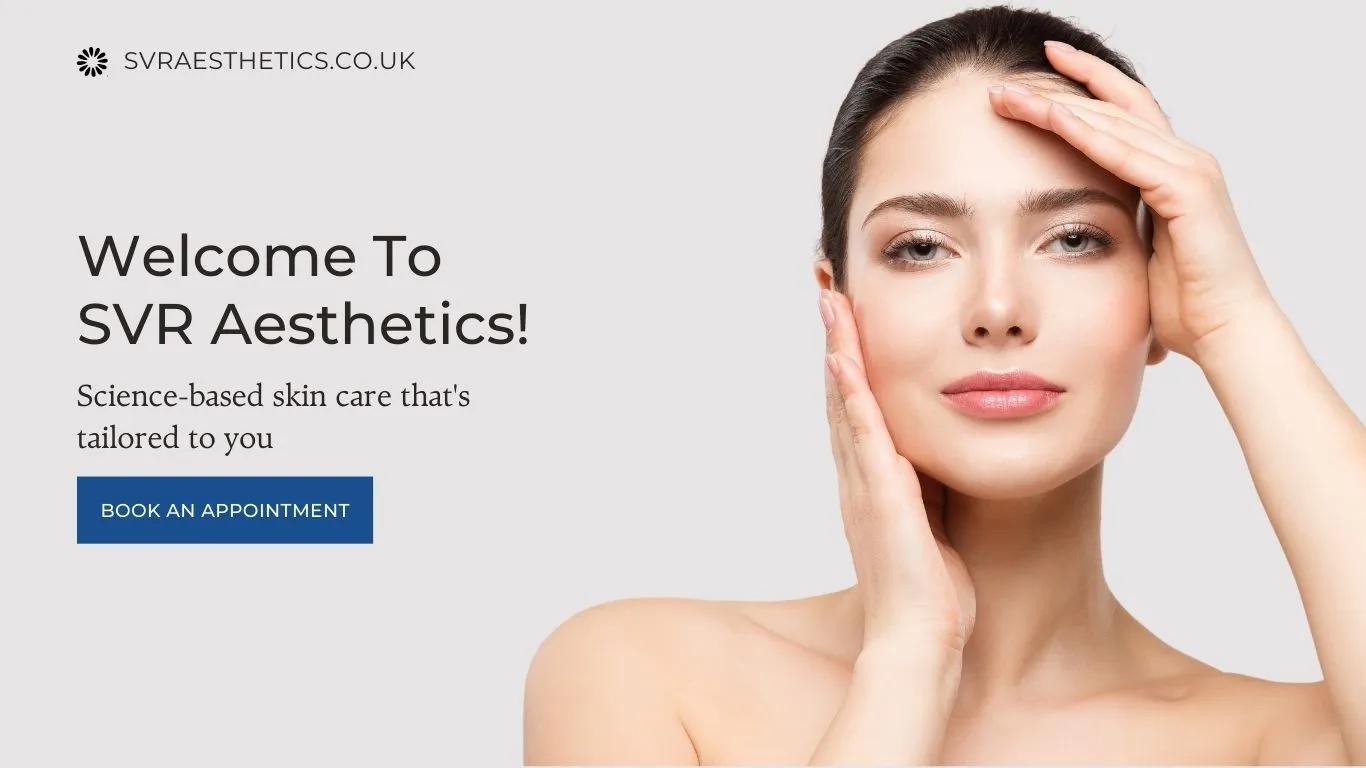When you hear about nose correction, you might think of surgical procedures. While many people undergo surgical nose jobs, a more recent trend is known as “non-surgical rhinoplasty” or “liquid nose job.” Its less invasive nature is making it more and more popular. Although non-surgical methods yield faster results and less recovery time, surgical nose jobs are still very common. You can see an immediate difference with this liquid nose job and avoid a lengthy recovery. We’ll go over what non-surgical rhinoplasty is, why it is so demanding nowadays, how it works, what is its recovery time, its side effects, rhinoplasty before and after and much more.
What is non surgical rhinoplasty?
Dermal fillers are used in non-surgical rhinoplasty, a cosmetic procedure that temporarily changes the shape of your nose. Another name for it is a non-surgical 15 minute nose job or a liquid rhinoplasty.
Fillers are injectable solutions used in non-surgical nose jobs. Fillers are becoming more and more common because they are quick, inexpensive, effective, and almost painless. These procedures are frequently used to smooth wrinkles, enhance lip volume, sculpt the chin and jawline, and make the nose look better. Though they’re a clever way to simulate a nose job without having surgery, keep in mind that this is not a permanent fix.
Procedure of Non surgical nose job
Step 1: Choosing the Filler
Teosyal UltraDeep, a hyaluronic acid filler with 0.3% lidocaine, is used first in the process. This filler is made especially to provide superior lifting capacity along with deep structural support. It is perfect for adding and restoring facial volume as it is efficient and long-lasting because of its strength and flexibility.
Step 2: Filler Administration
A syringe with a fixed microneedle (30 G/8 mm) is used to administer the 25 mg/mL hyaluronic acid filler. The injection points use pinching, pushing, and pulling as part of the “3P Maneuver” technique. Beneath the superficial musculo aponeurotic system is the deep injection plane.
Step 3: Injection of Key Nose Points
Injecting patients takes place at three important nose points, which are Tip, Columella, and Radix/Dorsum, in that order.
Tip
The filler is infused into the nasal lobule’s intercrural space by inserting the syringe perpendicularly. Two boluses, one injected cranially and the other caudally, are injected after a pyramidal bolus is injected in the center of maximum projection.
Columella:
Using a caudo cranial approach, the filler is injected deeply at the base of the columella. To rotate the tip, one bolus is injected into the fibro-adipose tissue space; two boluses are then injected into the intercrural space, extending the length of the columella.
Dorsum and Radix :
The HA filler is injected in two boluses in the cranio-caudal direction after one bolus that is injected perpendicular to the level of the periosteum.
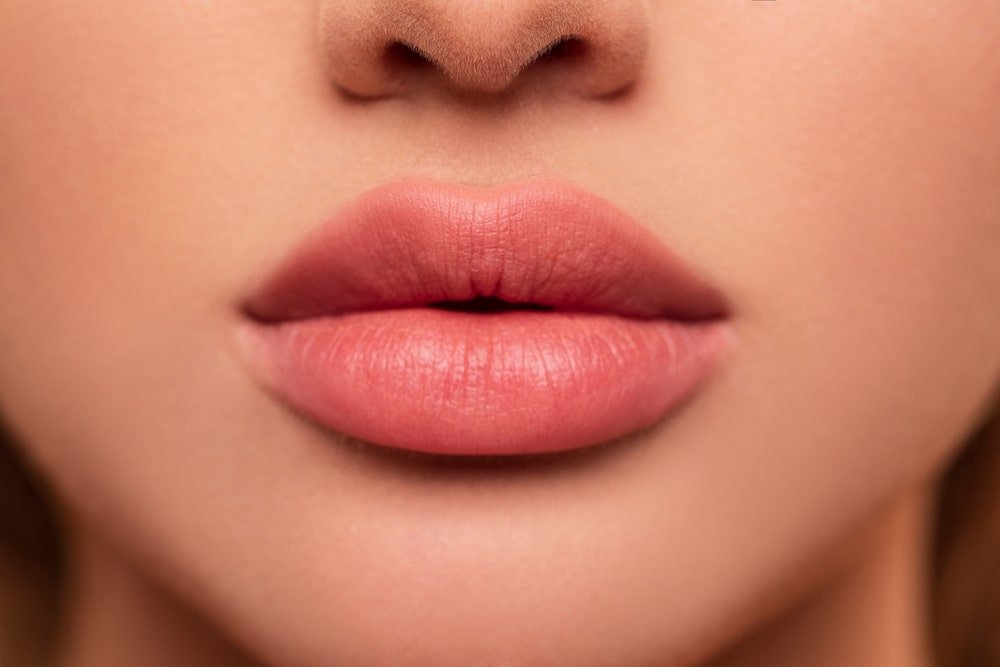
Step 4: Care Following Procedure
Following non-surgical rhinoplasty, patients are treated topically with ointment containing betamethasone and gentamycin.
Patients receive topical treatment with gentamycin and betamethasone ointment twice a day for three days following the non-surgical rhinoplasty. Gel is applied four times a day until the bruise or hematoma goes away.
Step 5: Aftercare
Patients are thoroughly checked during the procedure, 21–30 days after treatment, and again a year later in order to track the effectiveness of the treatment. This all-encompassing strategy guarantees an extensive understanding of results, enabling continuous evaluation and improvement of medical procedures for the best possible patient care and health.
Types of dermal fillers use in Non-Surgical Rhinoplasty
For non-surgical rhinoplasty, experts used silicone and bovine collagen in the past. However, more dependable and safer alternatives, like calcium hydroxylapatite (CH) or hyaluronic acid (HA), are preferred in modern practice.
Calcium Hydroxylapatite (CH) filler
Although CH is not as easily reversible as HA, its effects are more long-lasting. With CH, the effects last longer, so fewer injections are needed in order to keep the intended nose shape. It’s important to remember, though, that CH might cause increased discomfort after the procedure. The decision between HA and CH ultimately comes down to personal comfort and desired outcomes, among other things.
Thread Lift with Polydioxanone (PDO)
A non-traditional method of facial rejuvenation is PDO thread lifts. To lift and contour the face, dissolvable Polydioxanone (PDO) threads are specifically positioned beneath the skin as an alternative to liquid fillers. PDO thread lifts can slightly improve the nose’s shape without surgery, even though they’re not a traditional filler. With time, the threads disappear, promoting the production of collagen and giving the appearance of a natural lift, can also use in chin filler.
HA (hyaluronic Acid) filler
HA is currently the filler of choice in 80% of non-surgical rhinoplasty procedures. Specialist enjoy its natural feel and softness, which is why they have this preference. Being a reversible option, its rapid dissolution is one of its main advantages. This feature is appreciated because it lets you make changes as needed.
Silicone Liquid
When applied in tiny, controlled doses, liquid silicone presents a novel method for non-surgical face enhancements, such as modest alterations to the shape of the nose. Liquid silicone is categorized as semi-permanent and needs to be applied precisely by a trained expert like SVR Aesthetics. It is a popular option for people looking for longer-term changes because record of producing results that last. Because of its semi-permanent nature, using it properly requires expertise and careful thought to ensure best results and to reduce any potential risks.
Who needs non surgical rhinoplasty
People who have a bump or dorsal hump on their nose.
Those aiming to elevate a bulbous or drooping tip of the nose.
Individuals seeking to fix flaws from earlier surgical rhinoplasty procedures.
Those who want to straighten their dorsal hump and increase tip definition.
People who wish to sculpt a lifted tip or make modest adjustments to the nose’s base to give the appearance of a smaller nose.
Those with severe nasal scarring or vascular rosacea should avoid using this product.
Individuals with asymmetrical noses.
Not recommended for people who want to drastically reduce the size of their nose.
Not appropriate for achieving significant straightening or addressing functional issues, as surgical rhinoplasty can achieve these goals.
Surgical rhinoplasty may be necessary in difficult cases involving a deviated septum, wide nostrils, an excessively bulbous nasal tip, or an overprojected nose.
In order to reduce the chance of a filler injection into a blood vessel, it is crucial to let the doctor know about any prior nasal surgeries.
What should I consider Before getting treatment ?
Because of its effectiveness, a non-surgical nose job is frequently referred to as a “lunch-hour” procedure, lasting 20 to 30 minutes on average.There are four separate steps in the process:
1. Evaluation of Face:
- Identifying and examining the areas that will be expanded.
- Possible injection site marking.
- Taking reference pictures.
2. Decontaminating :
- Injection sites should be thoroughly cleaned using an antibacterial agent.
- Using a cooling device or an anesthetic ointment can help reduce injection site pain.
3. Injectable:
- Exact filler injection into designated areas.
- Results are continuously assessed throughout the process.
- Additional filler added as needed.
4. Disinfection:
- Removal of all traces.
- The availability of an ice pack in case of discomfort or swelling.
What should I consider after getting treatment ?
Following your nonsurgical rhinoplasty procedure, keep the following things in mind to guarantee the best outcome and a quick recovery.
Avoid intense activity:
After treatment, avoid strenuous physical activity for two to three days to promote healing
Follow ups:
Make an appointment with your clinician for a follow-up in a week or two so that you can go over the results in detail and discuss any necessary adjustments.
Pain Management:
As advised by your physician, take acetaminophen (Tylenol) if you feel any discomfort.
The Key Is Patience:
Be patient and let the fillers settle for the desired result as the results may change over time.
Eyewear Caution:
Avoid temporarily donning sunglasses or eyeglasses near the injection sites to avoid leaving any indentations.
Gentle Handling:
Refrain from adjusting or touching the treated area excessively. Allow the fillers to organically integrate.
Showering and Makeup:
Discuss when it’s okay to put on makeup and get back into the habit of taking regular showers.
Head Elevation:
For the first night after surgery, sleep with your head up to reduce swelling and encourage a comfortable recuperation.
Why get non surgical rhinoplasty ?
Adds a tiny lift to the tip of your nose to give it more flair.
Make your face appear balanced and even by filling in a dent on the sidewall of your nose.
Enlarge the anterior nasal spine to create a more contented nose overall.
Adjust a retracted maxilla in order to make sure everything sits properly next to the pear-shaped aperture.
It gives the appearance of a fuller, more lively nasal bridge.
Adjusts a retracted colonella to ensure perfect alignment.
Slightly alter the size of your nostrils while maintaining harmony.
Reduces a nasal hump to give a more streamlined appearance.
Pros
Minimal Pain
The nose tip is the most sensitive area, so the 20-minute procedure causes the least amount of discomfort. There is also no downtime.
Customizable
Your expert can highly customize the outcome by varying the amount of filler injected to get the exact result you want.
Economical
It’s more affordable than traditional plastic surgery because the upfront costs are much lower.
Outcomes
Liquid nose jobs can improve the results of prior rhinoplasty by correcting bumps, lumps, and mild asymmetries.
Reversible
The filler, especially the ones that are hyaluronic acid-based, can usually be dissolved if you’re not happy with the outcome or experience problems.
Cons
Possible Risks:
The procedure carries significant risks, including blindness and tissue death, when performed by inexperienced hands.
Results Duration:
Up to 16 months may pass between results, and some people report fading within weeks, which may require further treatments.
Maintenance:
Recurring treatments to maintain results could eventually end up being more expensive than having a surgical rhinoplasty.
Not suitable for everyone:
Not everyone is a good candidate, and sometimes nose surgery is the only way to improve the appearance of the nose.
Side effects of rhinoplasty :
Despite being a complex surgery, rhinoplasty is usually regarded as safe, with serious side effects being uncommon. It is imperative to speak with a certified specialist like SVR Aesthetics in Milton Keynes UK, if you are considering a rhinoplasty. The following are possible side effects to be aware of, according to the British Association of Aesthetic Plastic Surgeons (BAAPS)
Diminished Sensation:
Temporary or irreversible loss of feeling in the nose region.
Contamination:
Risk of infection, however, with appropriate postoperative care, this is rare.
Injuries:
Scar formation, the degree of which varies according to the surgical technique.
Inability to Breathe:
Possible respiratory distress, which might call for more assistance.
Injury to the blood vessels, nerves, or tear ducts:
Potentially, though rarely, these buildings could sustain damage.
Non satisfactory outcome
Even though there are risks involved, most people who have rhinoplasty don’t have serious side effects. Adherence to postoperative care guidelines and a thorough consultation with a qualified surgeon are critical components of a successful outcome.
Skin Discoloration:
Skin color changes in the nasal area that are frequently transient.
Modified Perception:
Although less invasive than a traditional rhinoplasty, a nonsurgical nose job is not without risks and possible side effects shifts in smell perception, frequently momentary.
Blood in the nose:
Nose bleeding, usually controlled and transient.
Swelling and Inflammation:
Inflammation and swelling are typical postoperative side effects.
Pain:
Pain and discomfort throughout the healing process.
Allergic to Anaesthesia:
Allergic reactions related to anesthetics, albeit uncommon.
Perforation of the Septum:
Creation of a septal hole, which might call for corrective action.
Common Side Effects:
Redness, mild bruising, and swelling are common side effects that usually go away one to two weeks after treatment.
1. Unintentional Results:
Inadvertently occurring bumps, nodules, or excessive volume is possible. The doctor can manually smooth the area, add more filler, or dissolve the material using hyaluronidase.
2. Serious Risks:
The risk of vascular compromise is high in the event that filler gets inside a blood vessel and obstructs blood flow. Because of the close proximity of the arteries that supply the retinas, nasal injections exacerbate this concern. Visual impairment and tissue death may result from vascular compromise.
3. Complications and Red Flags:
Following the procedure, severe pain and skin discoloration could indicate a blocked blood vessel and tissue death. It is important to act quickly, hyaluronic acid dissolving injections administered in-office or ER visits may be required.
4. Risk Factors:
The risk of vascular compromise is increased by prior nose surgery, underscoring the significance of providing medical history to healthcare providers.
5. Hazards of Silicone Filler:
The risks associated with permanent silicone fillers, such as Silicon 1000, are higher. If an accidental needle is inserted into a blood vessel, it may become irreversibly distorted and disfigured over time.
6. Expert Opinion:
Because of their safety profile, hyaluronic acid fillers are widely recommended as the gold standard for nonsurgical rhinoplasty by experts. Even though the FDA has approved permanent fillers like Silikon 1000 for certain uses, there are still concerns.
7. Microdroplet Technology:
While some maintain that only highly skilled healthcare professionals using the microdroplet technique should safely use Silikon 1000, others emphasize that there have been no known problems with hyaluronic acid fillers.
8. Emergency Actions:
Steroids can be used to treat silicone filler complications, and surgical removal is a difficult but possible option if necessary.
In the end, selecting a filler type should be well-informed and take into account personal risks, advantages, and the provider’s experience. Maintaining open communication with your healthcare provider should always come first.
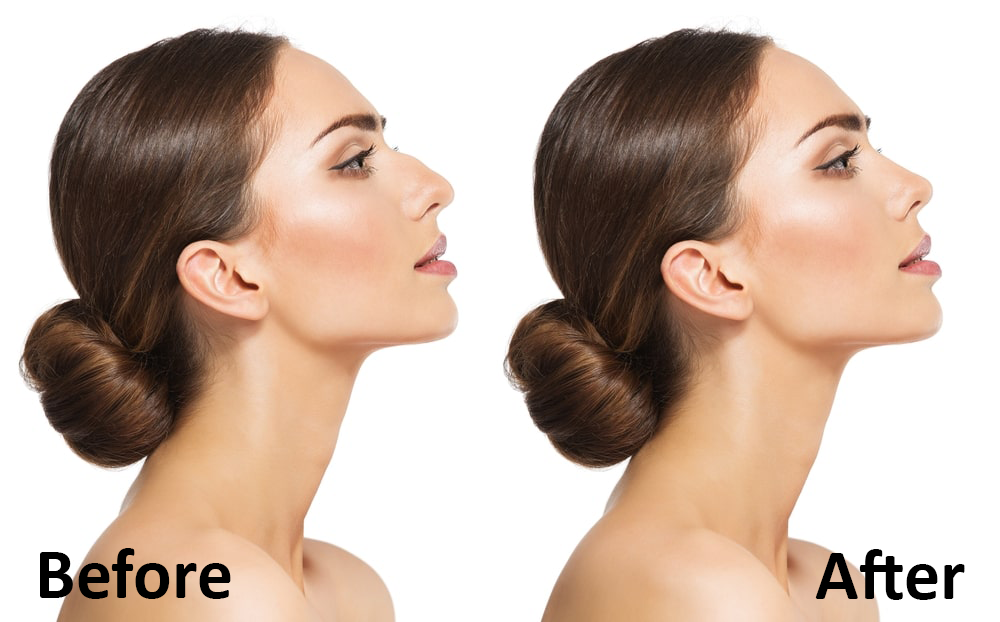
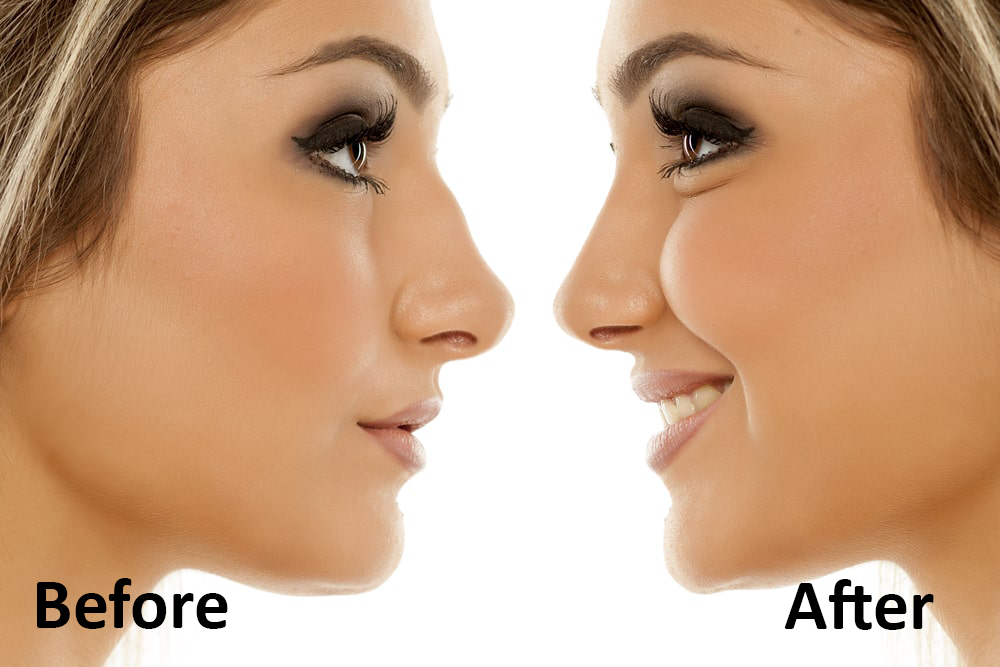
Facts
![6918328_23653 [Converted]-02-02](https://svraesthetics.co.uk/wp-content/uploads/2024/01/6918328_23653-Converted-02-02.png)
How much is nose job ?
The type and amount of filler used, the experience of the practitioner, and the clinic’s location all have an impact on the rhinoplasty cost. Usually, insurance does not cover this cosmetic procedure. To reduce the possible risks associated with injectable fillers, it’s imperative to put safety before cost and work with an experienced provider. Even though the initial cost might seem less than that of a surgical rhinoplasty, it’s crucial to take into account the total costs over a number of non-surgical sessions, as these might end up being more than the typical cost of a surgical rhinoplasty. Consult SVR Aestheics the top Aesthetic clinic located in Milton Keynes UK for your cost concerns regarding nose surgery and take appointments for free.
Conclusion
Simply, a tip rhinoplasty, also known as a non-surgical nose job, is a safe and efficient non-surgical method of improving the appearance of your nose. There is very little downtime, and the process is simple, quick, and doesn’t involve sedation. This non-invasive method might be ideal for you if you want to improve the shape of your nose but are hesitant to have traditional nose surgery. SVR Aesthetics in Milton Keynes, UK is a good place to start if you want to find out if it’s right for you. They are able to evaluate your look and offer advice on how to go about getting the look you want. Never be afraid to get in touch for a consultation if you’d like more information about how a non-surgical nose job can help you reach your aesthetic concerns.
FAQ
Frequently asked questions.
Is a non-surgical nose job a better option than surgical rhinoplasty?
Depending on preferences and objectives, one may choose between a non-surgical nose job and a surgical rhinoplasty. Less intrusive non-surgical options need maintenance because they are transient. Surgical rhinoplasty provides significant alterations with long-lasting results. The best way to decide is to speak with a professional about the desired results, recovery time, and longevity of results.
How does non-surgical rhinoplasty (nose job) work?
In this, the nose is enhanced and reshaped without surgery through the use of fillers. It’s a fast, transient fix for nose aesthetic enhancements.
What is Nose job cost?
Surgical or non-surgical nose jobs vary in price depending on the kind of procedure, filler selected, location, and experience of the practitioner. For individualized information, speak with a licensed professional.
